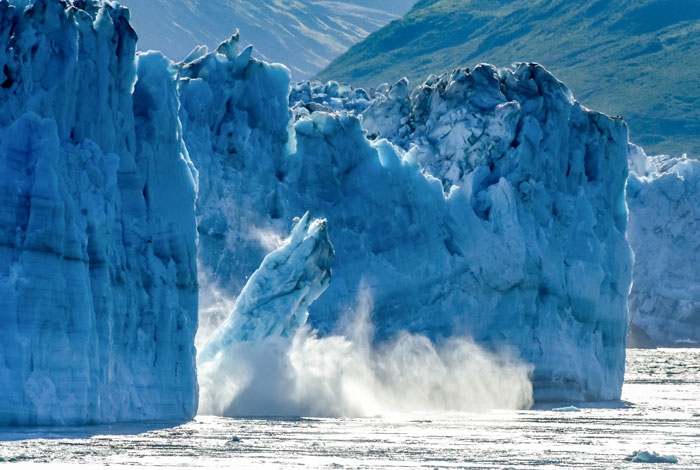Climate change is real.
Thursday 16th March, 2023. Driving around sunny Saint-Émilion, the temperature gauge in the car reaches 26 degrees Celsius. At properties we visit, wind turbines loom ominously in the vineyards, awaiting the possible spring frost attacks to come.
Back in Geneva, our skiwear is already in hibernation until next winter. Once again, the coldest season of the year has not been as cold or long as we’re used to. And while good for the soul, warming temperatures are no such blessing for our beloved vineyards.
With earlier harvests, naturally higher alcohol in many wines, and more volatile climatic conditions throughout the year, the signals are clear: wine producers are learning to live with the effects of climate change.
Risk to wine production
1. Premature budburst
The effects of climate change are visible in recent growing cycles of many European vineyards. According to INRA (Institut National de la Recherche Agronomique), in the Rhône Valley and Saint-Émilion grape harvests have advanced an average 15 days in the past 26 years. As warmer temperatures during winter coax vines out of dormancy earlier, the next vine cycle is accelerated. New buds burst earlier in the year, and are exposed to the risk of damage from spring frost. This can ultimately impact the quality and quantity of the vintage in question – Burgundy 2021 for instance was hit hard by frost damage, reducing yields by 30-50%.
2. Rising ABV
Sunshine and heat generate sugar in grapes, which becomes alcohol during fermentation. INRA’s research reveals that the alcohol content of wine has increased by an average 2% in the last 20 years. Some grape varieties cope with alcohol better than others – Pinot Noir is notoriously not one of these, and can quickly appear imbalanced with high ABV.
3. Drought, hail & fire
Extreme weather events are becoming more common amid increased climate volatility. Very high temperatures and drought trigger wildfires, as have occurred widely in Australia, in California (2020), and even in the Landes forest of Bordeaux last year (2022).
Hailstorms are similarly threatening, as they damage leaves and fruit, reducing yield capacity.
Mitigating impact in vineyards
Sadly, the consequences of global warming are not going away anytime soon. According to Agreste (the French ministry of agriculture) the amount of wine bottles produced in France has already decreased by 42% in 21 years, and this trend is set to continue.
There are techniques in the vineyard to mitigate losses, such as the use of wind turbines and “candles” to fight against frost, or the delay of winter pruning to stall budburst until after spring frosts have passed. But as much as man can intervene, nothing can stop the force of Mother Nature.
Delayed gratification
Over the past decade we have grown used to wines of extraordinary quality – made from fully ripe fruit – thanks in large part to more sunshine and heat. As warming continues, the scales may tip us into an era with fewer “outstanding” vintages. Modern winemaking techniques and the planting of new grape varieties will prevent vine extinction, but the wines produced will not be the same as those we know and love it today.
The nostalgic among us should seek to plan ahead, anticipating the creation of a vinous time capsule containing the wines of today. All that’s required then is a little patience to enjoy them at their prime, and in a future where they cannot be remade.

